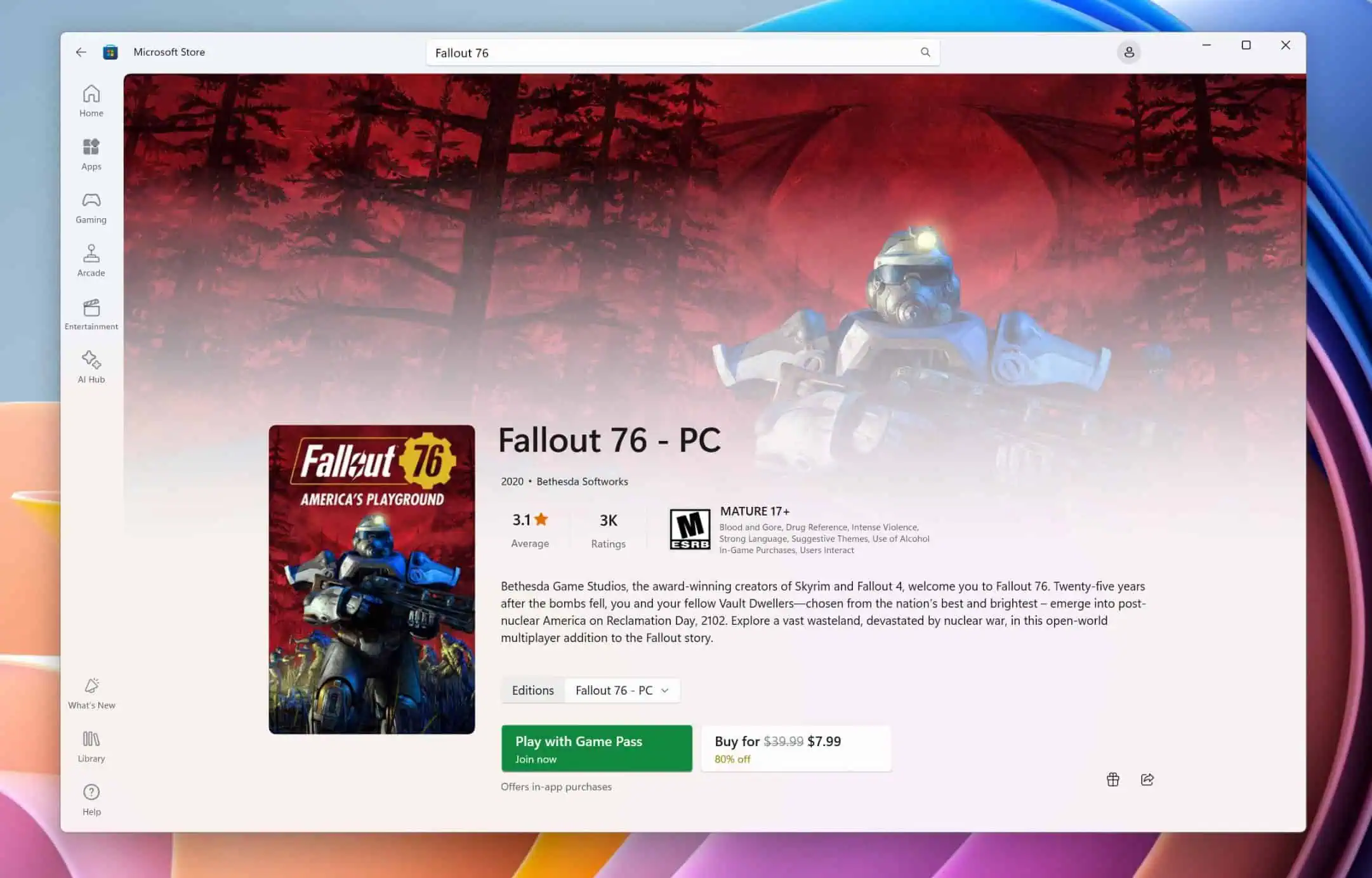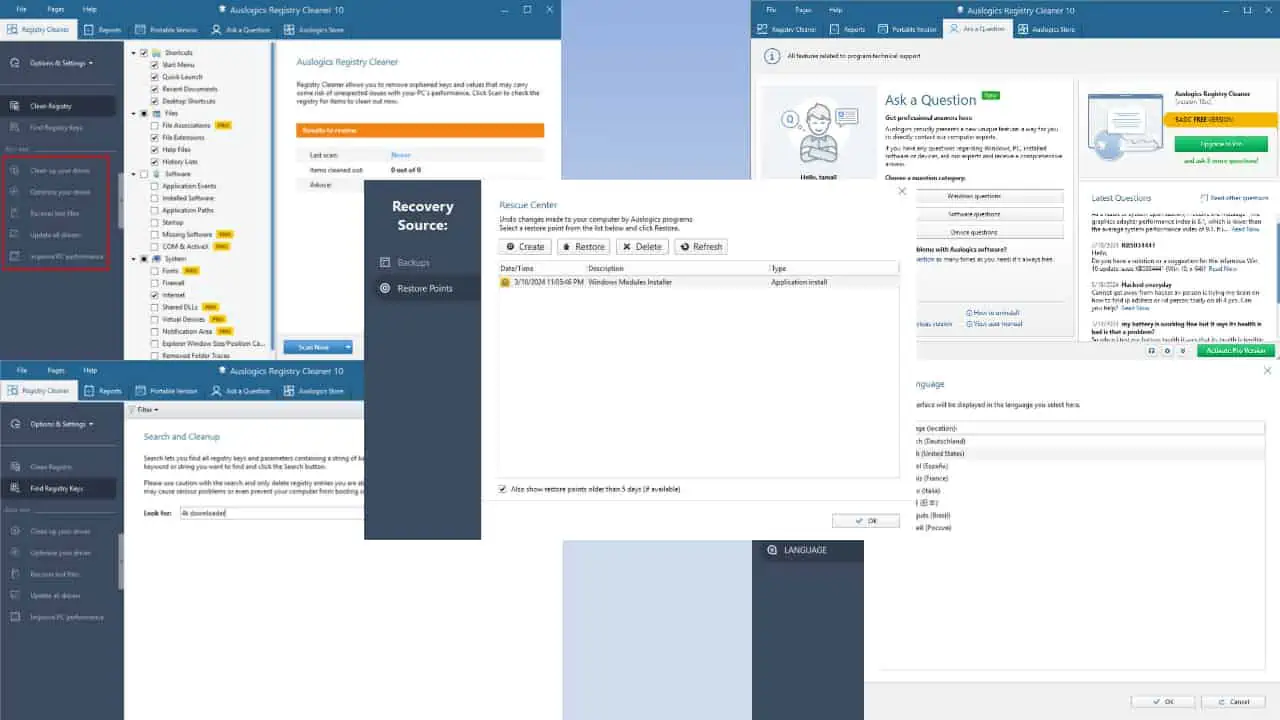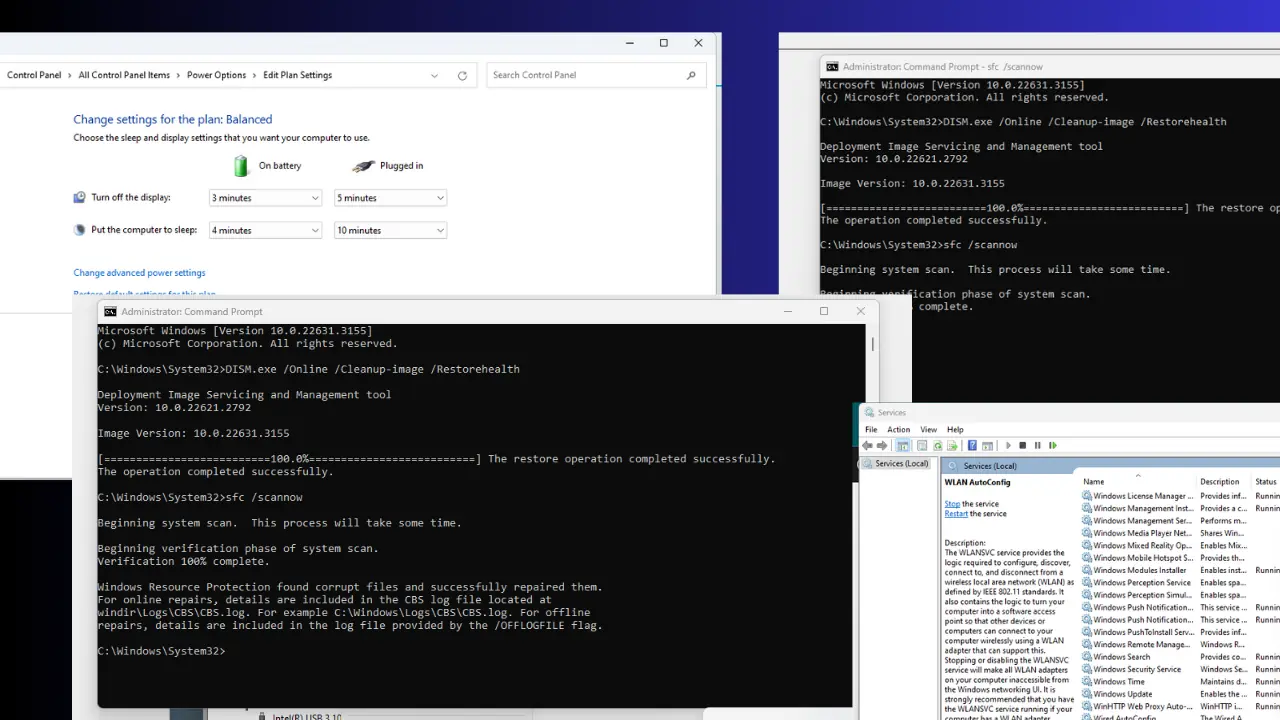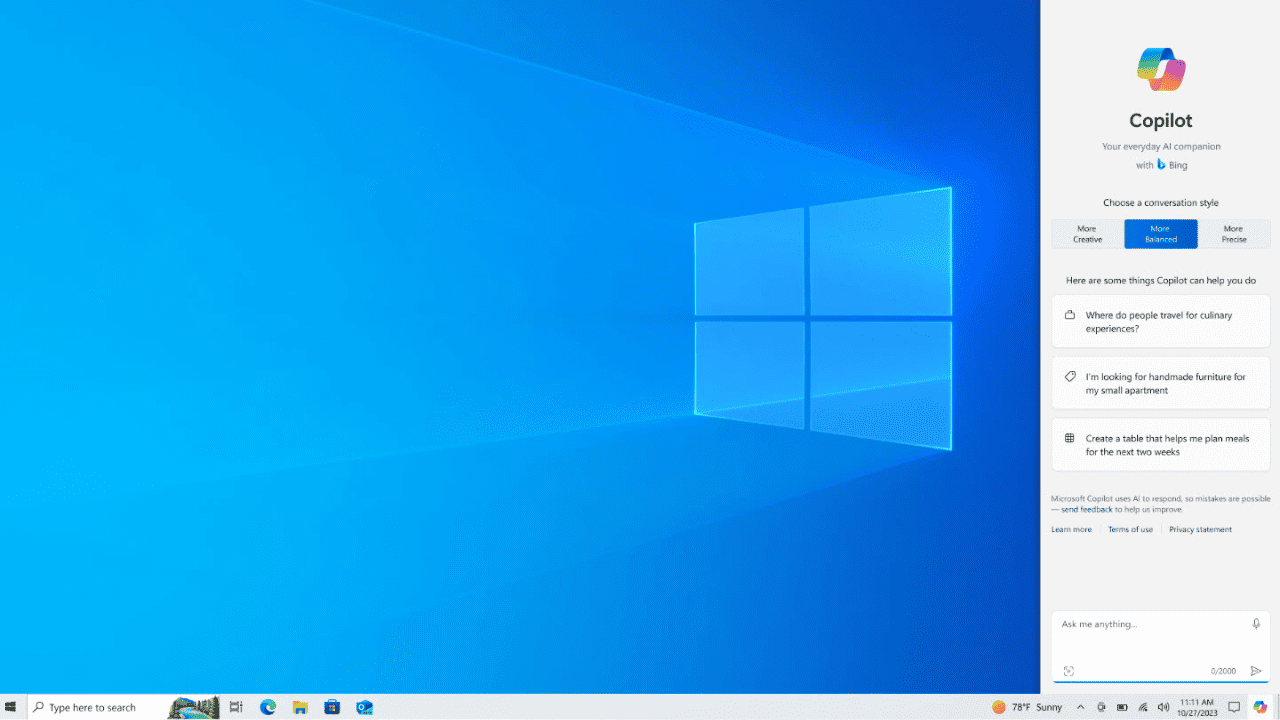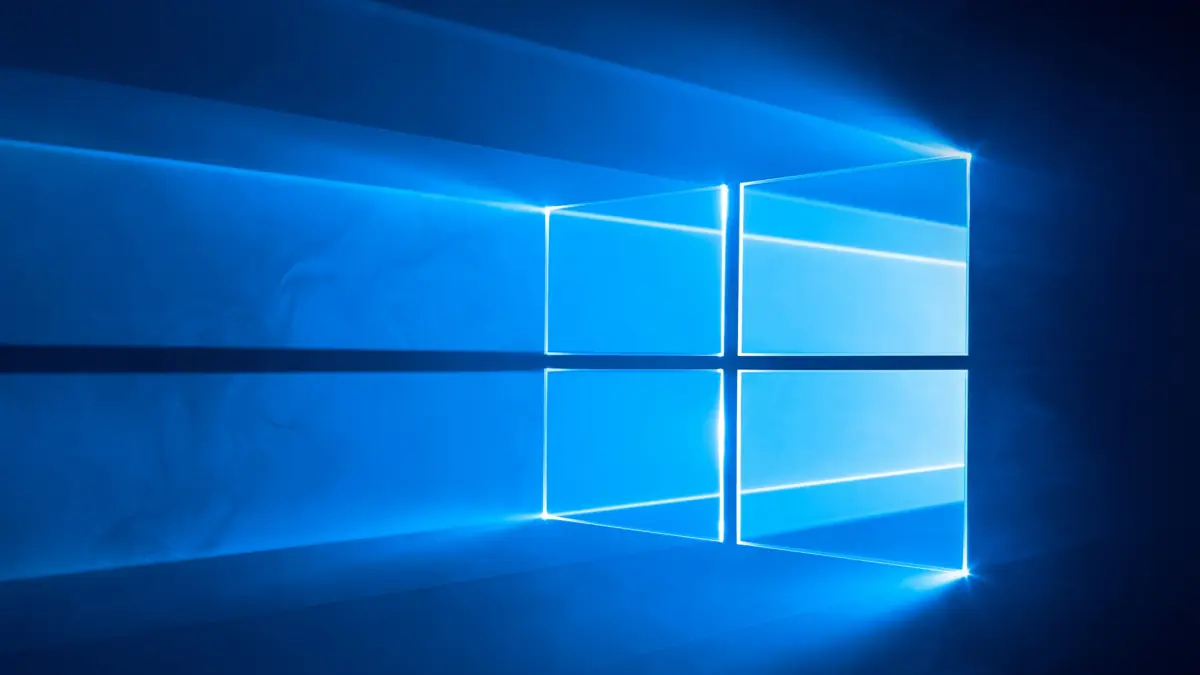How to use the Windows 10 Start Menu
4 min. read
Updated on
Read our disclosure page to find out how can you help MSPoweruser sustain the editorial team Read more
So you have installed Windows 10 and probably opened the new Start Menu first – confused by how to use the start menu? Don’t fret, we’ve got you covered! Here are the quick links to the different sections of this tutorial:
- Pinning apps to the start menu
- Pinning apps to the taskbar
- Resizing apps
- Turn live tile on or off
- Removing an app from the Most Used list
- Add/remove folders to the quick access
Pinning Apps to the start menu
Pinning apps is pretty easy, but it can be a hard thing to do for novices. For those who don’t know, you can pin classic apps, as well as Windows Apps aka Metro apps to the Start Menu. To pin an app to the start menu, just follow the above GIF or the following steps:
- Click on the Windows icon in the taskbar to open the start menu
- Click on “All Apps”
- Find the app you want to pin to the start screen and right click
- Now click on “Pin to Start” to pin the app to the Windows 10 Start Menu
See? It’s that easy 😉
Pinning apps to the taskbar
Just like pinning apps to the start menu, pinning apps to the taskbar is fairly easy as well. To pin an app to the taskbar, just follow the above GIF or the following steps:
- Click on the Windows icon in the taskbar to open the start menu
- Click on “All Apps”
- Find the app you want to pin to the taskbar and right click
- Now click on “Pin to Taskbar” to pin the app to the Windows 10 Taskbar
Resizing apps
So after you’ve pinned an app to the Start Menu, you’re probably wondering how to change the size of the tiles. Worry ya’ not, we’ve got you covered – just follow the above GIF or the following steps:
- Open the Start Menu by clicking on the Windows icon on the taskbar
- Right click on the tile (app) that you want to resize
- Hover over the Resize option and open the sub-menu
- Click on the size that you want the tile to change to (small, medium, wide or large)
Turn live tile on and off
Live tiles provide information and notification from apps. There are a lot of apps support live tile, and if you want to turn on or off the live tile feature for an app, it’s pretty easy. Just follow the above GIF or the following steps to turn on/off live tile for apps:
- Open the Start Menu
- Right-click on a tile that you want disable/enable live tile
- Click on “Turn live tile on” to enable live tile or “Turn live tile off” to disable live tile
Keep in mind that the option will not be available if an app doesn’t support live tile.
Removing an app from the Most Used list
Don’t want an app to be on the most used list on the start menu? Here’s how to remove it:
- Open the Start Menu by clicking on the Windows icon on the taskbar
- Right click on the app that you want to remove from the Most Used list
- Click on “Don’t show in this list”
Add/remove folders to the quick access
If you want to add or remove a folder to the start menu’s quick access, it’s pretty easy. Just follow the above GIF or the following steps:
- Open the Start Menu by clicking on the Windows icon on the taskbar
- Open the Settings appp from the Start Menu
- Go to the Personalization section of the app
- Go to the Start section from the sidebar on the app
- Click on “Choose which folders appear on Start”
- There you can now enable or disable any folders that are able to appear on the Start
The Start Menu on Windows 10 is very easy to use, to be honest. If you’ve any question, make sure to ask in the comment section below to get help from us and others!
And if the Windows 10 Start Menu is not working, don’t fret.








